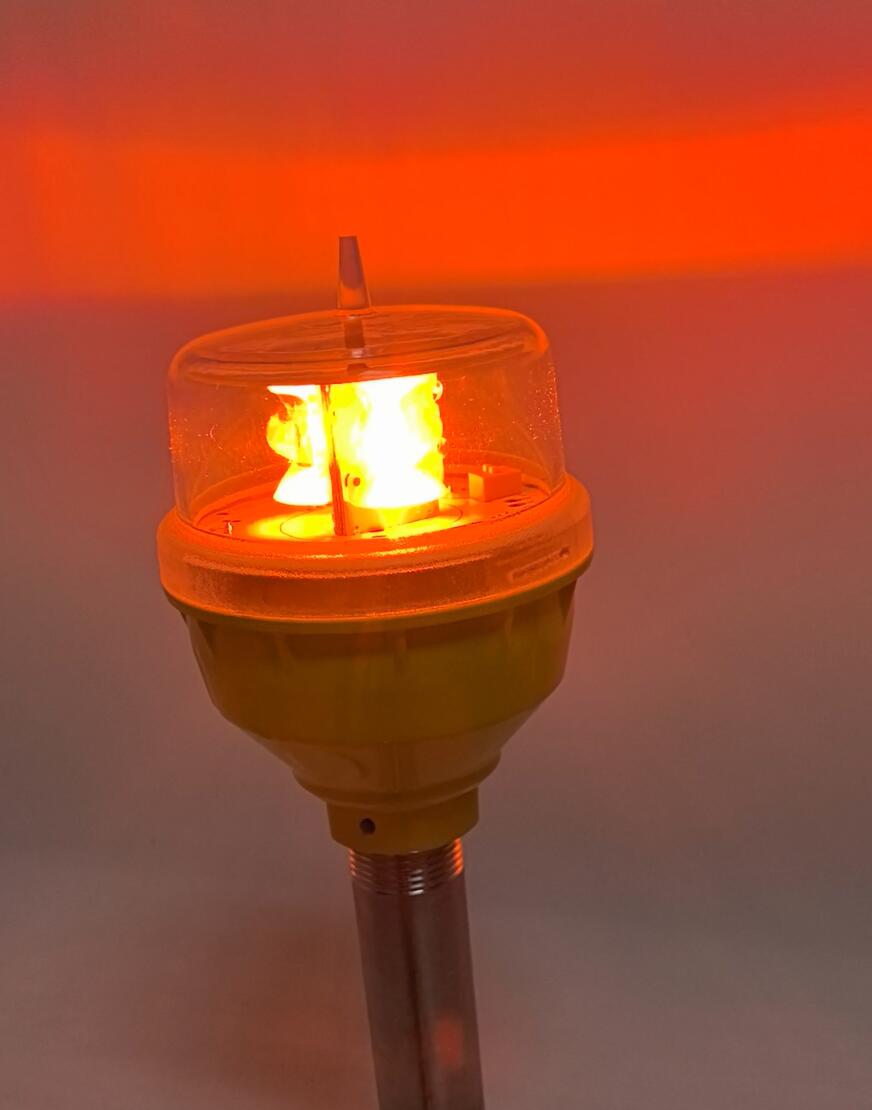In the world of aviation, safety is of paramount importance. The Federal Aviation Administration (FAA) plays a crucial role in ensuring the safety of air travel through a series of regulations and guidelines. One such significant regulation is FAA L 810.
FAA L 810 is a set of standards and requirements that pertain to specific aspects of aircraft operations and maintenance. It is designed to enhance safety and reliability by addressing key areas such as aircraft design, manufacturing, and inspection.
The importance of FAA L 810 cannot be overstated. It serves as a safeguard for passengers, crew members, and the general public. By adhering to these regulations, aircraft manufacturers and operators can ensure that their aircraft are safe to fly and meet the highest standards of quality.

One of the key aspects of FAA L 810 is its focus on aircraft design. The regulation requires that aircraft be designed to withstand various stresses and conditions that they may encounter during flight. This includes factors such as aerodynamic forces, structural loads, and environmental conditions. By ensuring that aircraft are designed with these considerations in mind, FAA L 810 helps to prevent accidents and malfunctions.
Manufacturing is another area where FAA L 810 plays a crucial role. The regulation sets strict standards for the manufacturing process of aircraft components and systems. This includes requirements for quality control, inspection, and testing. By ensuring that manufacturers follow these standards, FAA L 810 helps to ensure that aircraft are built to the highest quality and reliability.
| LI | RED | 810 | TYPE B |
Inspection and maintenance are also essential aspects of FAA L 810. The regulation requires that aircraft be regularly inspected and maintained to ensure their continued airworthiness. This includes scheduled inspections, as well as inspections following any incidents or malfunctions. By ensuring that aircraft are properly maintained, FAA L 810 helps to prevent accidents and extend the lifespan of aircraft.
In addition to its role in ensuring safety, FAA L 810 also has implications for the environment. By promoting the use of more efficient and environmentally friendly aircraft designs and technologies, the regulation can help to reduce the environmental impact of aviation. This includes reducing emissions, noise pollution, and fuel consumption.
To ensure compliance with FAA L 810, aircraft manufacturers and operators must have a comprehensive understanding of the regulation and its requirements. This includes staying up-to-date with any changes or updates to the regulation, as well as implementing appropriate procedures and processes to ensure compliance.
The FAA also plays a crucial role in enforcing FAA L 810. Through inspections, audits, and enforcement actions, the agency ensures that aircraft manufacturers and operators are adhering to the regulation. This helps to maintain the highest standards of safety and reliability in the aviation industry.
FAA L 810 is a critical regulation in the world of aviation. It plays a vital role in ensuring the safety and reliability of aircraft, as well as protecting the environment. By understanding and complying with this regulation, aircraft manufacturers and operators can help to ensure the continued safety and success of the aviation industry.